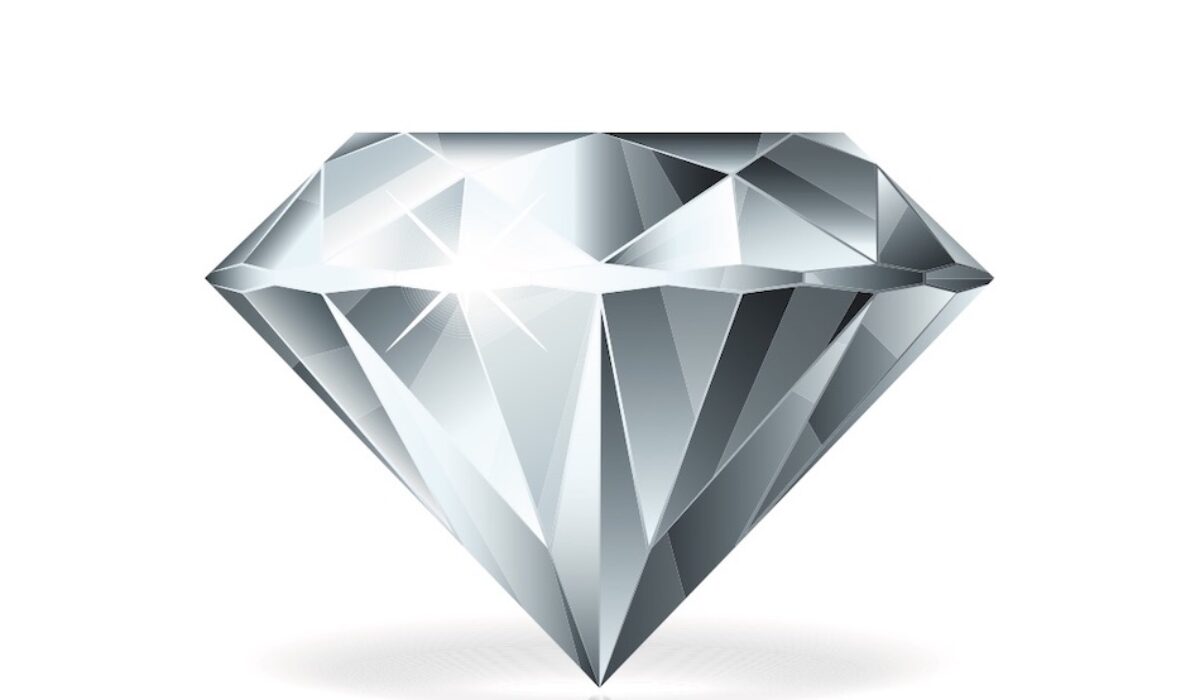Diamonds Don’t Take Forever
In an official engagement last year, Duchess of Sussex Meghan Markle was seen sporting a set of diamond earrings that were remarkable not for their clarity or cut but because they were made in a lab rather than mined from the earth. This was yet another sign that in recent years consumers’ preference for diamonds has started shifting from mined stones to lab-created ones, which offer better value and may be more aligned with younger people’s environmental ethics.
“Coronavirus-led disruption is unlikely to take the shine off the appeal of lab-grown diamonds”
The shift in demand has been hit this year by the coronavirus amid disruptions to supply chains, especially in India, a major diamond-processing country. Some 99% of lab-grown diamonds are cut and processed in India, which had one of the world’s severest lockdowns. It temporarily stopped all imports during the pandemic, meaning it couldn’t receive any goods to cut or polish, choking the supply chain and possibly reducing diamond exports by 50% this year.
Lab-grown diamonds are chemically and physically the same as mined diamonds. The properties of synthetic diamonds depend on the manufacturing process, and some can have better hardness, thermal conductivity and electron mobility than naturally formed diamonds. Synthetic diamonds are widely used in cutting and polishing tools, and of course, are increasing popular in jewellery. Young people are drawn to them for price and environmental reasons, among other reasons.
“It’s only in the last few years that synthetic diamond producers began to create stones good enough to compete with natural diamonds.”
Naturally occurring diamonds are created under intense pressure and heat around 100 miles underground. Most were formed billions of years ago, and their hardness and high dispersion of light make them useful for industrial applications and desirable as jewellery. But synthetic diamonds can be made in as little as three months. There are two approaches. One simulates the force of the earth by applying high temperature and high pressure to dissolve carbon into a diamond seed. The other is like 3-D printing, with pieces of carbon being layered on a diamond seed in a vacuum chamber.
It’s only in the last few years that synthetic diamond producers began to create stones good enough to compete with natural diamonds. Lab grown diamonds can be distinguished from natural diamonds only with tests using specialised equipment. Young people are increasingly rejecting mined diamonds because of their high environmental and humanitarian costs. In 2016, The Wall Street Journal reported that De Beers had killed over 18,000 fish draining a Canadian lake for diamond mining. Some diamond miners are accused of severe human rights abuses such as forced labour, beatings and torture.
Even De Beers, one of world’s largest diamond miners, is getting in on the act. It launched Lightbox Jewellery in 2018 to provide consumers, it says, with lab-grown diamonds in fun, fashion jewellery at an accessible price. To support this business, De Beers is investing $94m over four years in a new production facility near Portland, Oregon. When global lockdown restrictions eased in May, sales started again, and e-commerce platforms have seen very strong growth in demand for created diamonds. Is there any more need now for mined diamonds?

